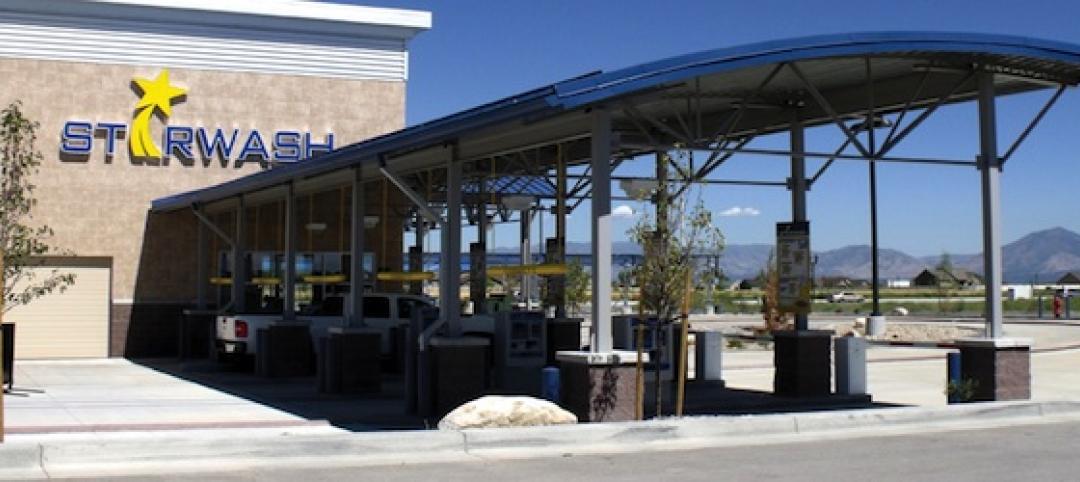 |
Healthcare construction spending grew at a compound rate of more than 10% for seven years through mid-2008, but has stalled since then. The stall, however, still represents better growth than almost any other construction market during the recession, which deepened as a result of the fall 2008 credit freeze.
During the stall, hospital construction spending increased 9% from the period before the credit freeze, while spending for nursing homes and other residential care facilities dropped 20% and spending for specialized medical office buildings fell 17%. Hospital construction spending is projected to remain steady through 2010, rising only as a result of higher project costs.
Hospital managers are enjoying a steadily rising revenue stream from patient care, but offsetting that are concerns about possible cuts in fees from states for “free care” and cuts in Medicaid and Medicare. As a precaution, some projects have been trimmed back or deferred.
The recent slowing trend for medical offices and residential care buildings parallels trends in other developed financed sectors, although the slowdown began later and so far has been less severe. Some developers lost credit access because of weakened income and balance sheets. Others lost credit access because lenders are concerned about cash flow coming from new capacity in a depressed economy. Bank examiners have also been steering regional and local lenders away from nonresidential mortgages. As a result, those two small commercial healthcare sectors will continue to decline, along with other commercial properties, through the winter. Following that, they will decline further because spending for other commercial properties will have begun to expand and projects in the pipeline will have fallen substantially.
Look for healthcare construction spending to return to a 10% annual growth pace in 2011, reflective of the usual cyclical surge after a recession. The rebound for hospital construction spending results from delayed stimulus plan funding and the resumption of work that was put on hold while healthcare was debated in Washington. —Jim Haughey, BD+C economist
Related Stories
| Sep 30, 2010
Luxury hotels lead industry in green accommodations
Results from the American Hotel & Lodging Association’s 2010 Lodging Survey showed that luxury and upper-upscale hotels are most likely to feature green amenities and earn green certifications. Results were tallied from 8,800 respondents, for a very respectable 18% response rate. Questions focused on 14 green-related categories, including allergy-free rooms, water-saving programs, energy management systems, recycling programs, green certification, and green renovation.
| Sep 16, 2010
Green recreation/wellness center targets physical, environmental health
The 151,000-sf recreation and wellness center at California State University’s Sacramento campus, called the WELL (for “wellness, education, leisure, lifestyle”), has a fitness center, café, indoor track, gymnasium, racquetball courts, educational and counseling space, the largest rock climbing wall in the CSU system.
| Sep 13, 2010
7 Ways to Economize on Steel Buildings
Two veteran structural engineers give you the lowdown on how to trim costs the next time you build with steel.
| Sep 13, 2010
Community college police, parking structure targets LEED Platinum
The San Diego Community College District's $1.555 billion construction program continues with groundbreaking for a 6,000-sf police substation and an 828-space, four-story parking structure at San Diego Miramar College.
| Sep 13, 2010
Campus housing fosters community connection
A 600,000-sf complex on the University of Washington's Seattle campus will include four residence halls for 1,650 students and a 100-seat cafe, 8,000-sf grocery store, and conference center with 200-seat auditorium for both student and community use.
| Sep 13, 2010
Second Time Around
A Building Team preserves the historic facade of a Broadway theater en route to creating the first green playhouse on the Great White Way.
| Sep 13, 2010
China's largest single-phase hospital planned for Shanghai
RTKL's Los Angles office is designing the Shanghai Changzheng New Pudong Hospital, which will be the largest new hospital built in China in a single phase.
| Sep 13, 2010
Data Centers Keeping Energy, Security in Check
Power consumption for data centers doubled from 2000 and 2006, and it is anticipated to double again by 2011, making these mission-critical facilities the nation's largest commercial user of electric power. With major technology companies investing heavily in new data centers, it's no wonder Building Teams see these mission-critical facilities as a golden opportunity, and why they are working hard to keep energy costs at data centers in check.













